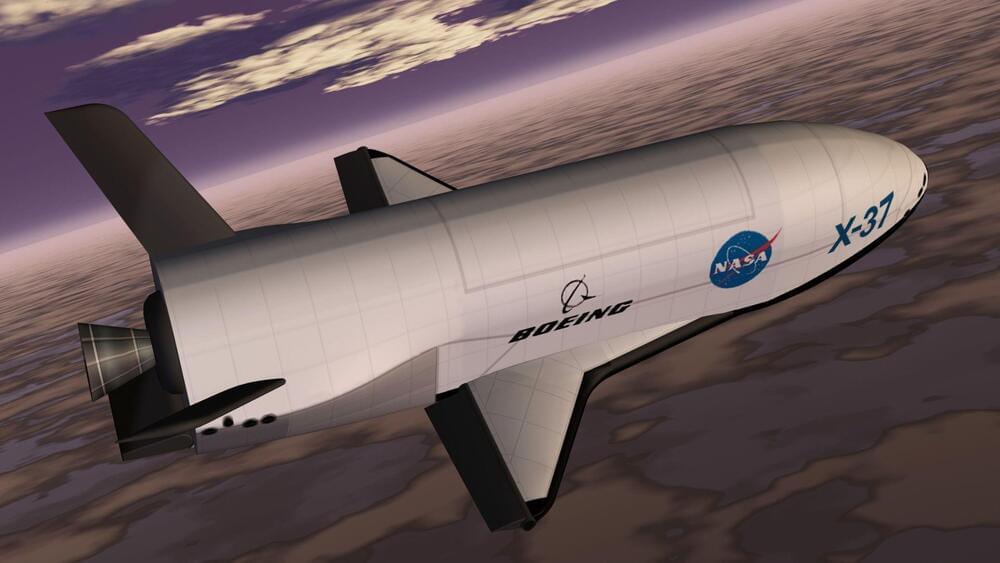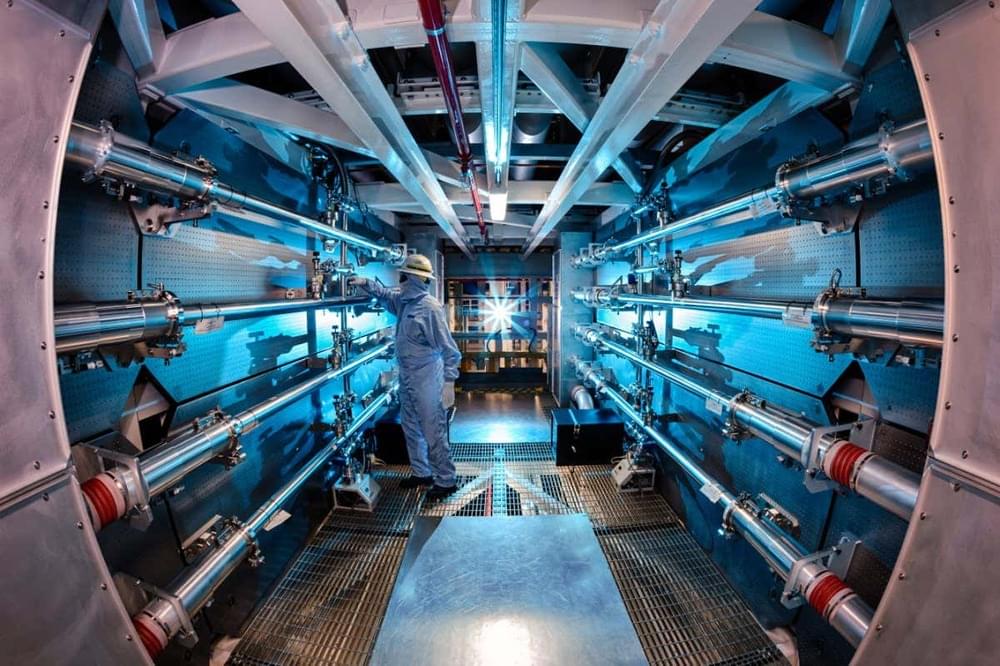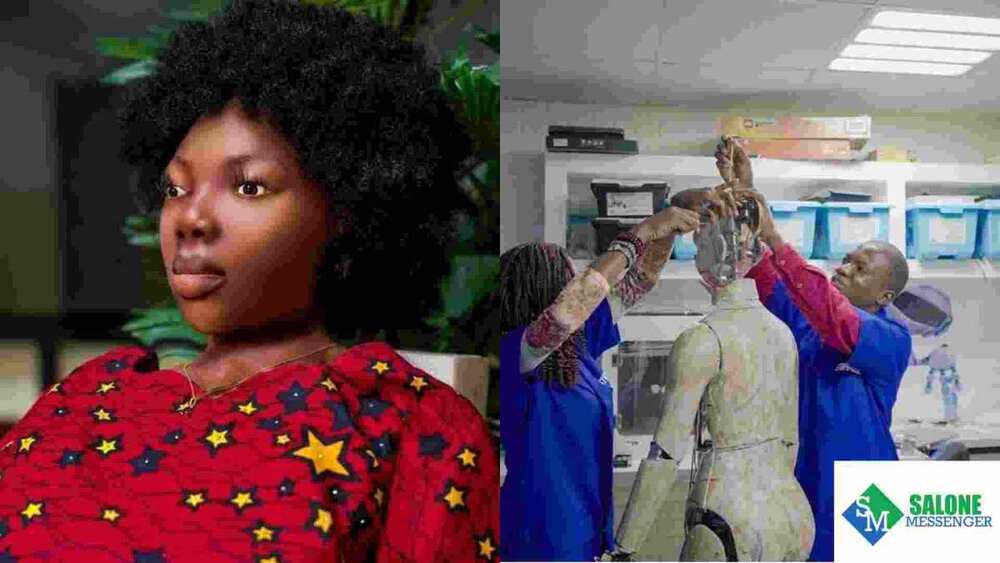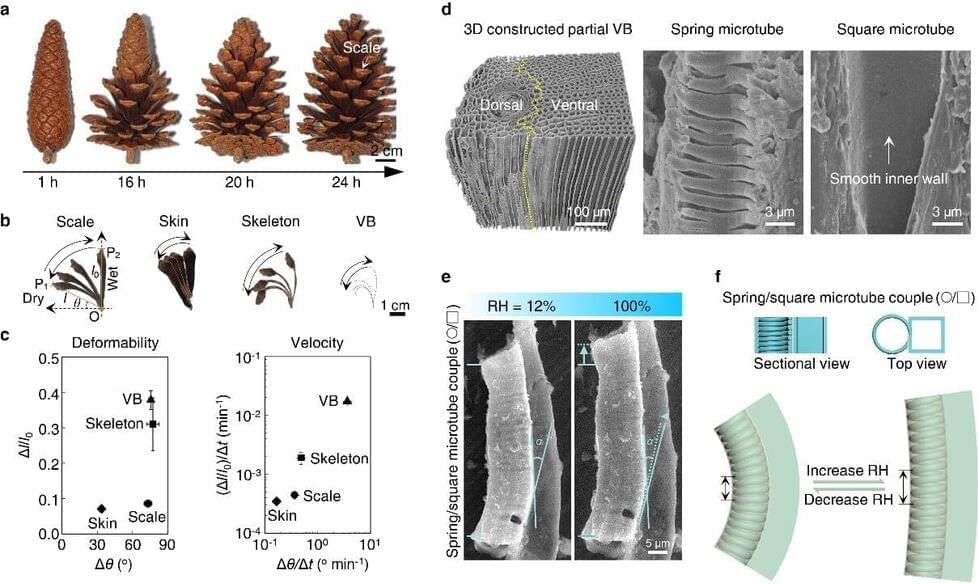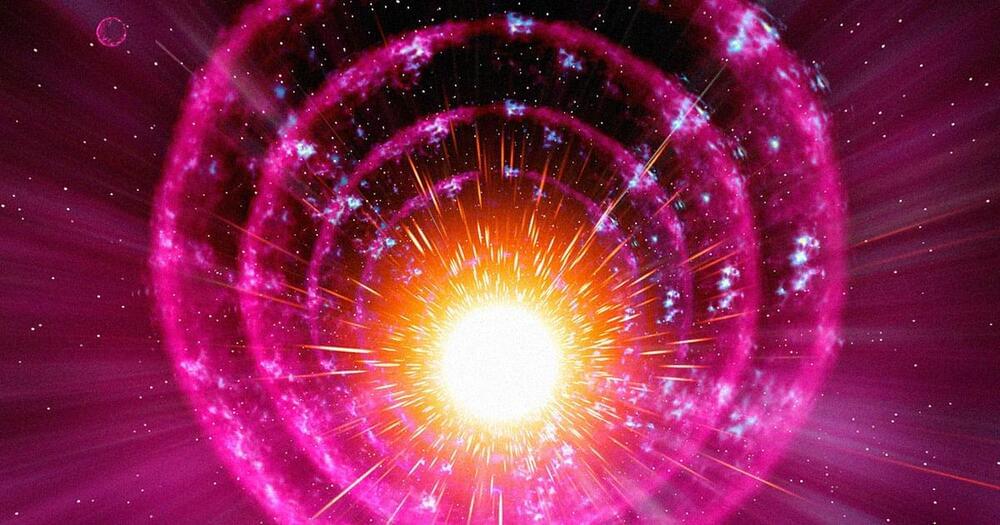German-based technology company Continental Automotive claims to have secured its first significant order in the third quarter for its semi-dry brake system called ‘Future Brake System’ (FBS).
The mass manufacture of its semi-dry brake system (also known as FBS 2) is claimed to be worth approximately €1.5 billion (U.S. $1.55 billion), the company declared in a press release on Wednesday.


